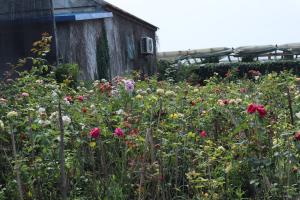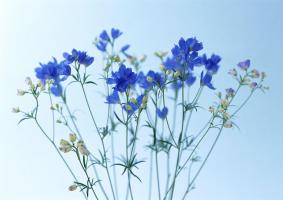1、 Curing method
1. Temperature: millet grass likes a warmer environment. It is better to breed at 25-35 ℃ at ordinary times. In a warm environment, it can grow faster and form faster
2. Sunshine: it doesn't like sunshine very much. If we go to the wild, we will find its shadow on the shady side of the hillside. Therefore, when we plant, we can breed indoors, or block the strong direct light

3. Fertilizer: millet grass has strong fertilizer resistance, and its growth period is very short, grows fast, and the amount of fertilizer required is also particularly large. Farmyard fertilizer and calcium superphosphate can be applied during breeding
4. Water: water is very important for it. As long as there is enough water, it can grow well, so it should be watered more. Farmers who plant in large areas usually plant it next to paddy fields or ponds

2、 Breeding skills
1. Propagation: sowing propagation is more suitable for it. It is best to sow in spring and summer when the climate is warm, so as to facilitate the germination of seeds. After sowing, cover it with a thin layer of soil, water and wet the soil around the seed, and wait for it to germinate
2. Management: weeds need to be removed during the seedling period of millet grass, and topdressing should be applied for 1-2 times, so that it can grow faster under the condition of keeping the soil moist all the time

3、 Diagnosis and treatment problems
1. Aphids: it often occurs at the heading stage of millet grass. If aphids are found on the leaves, they need to be sprayed with 1000 times dimethoate emulsion in time. Continuous use can achieve radical cure
2. Borer: when the borer breaks out, the ears of millet grass are eaten into white ears by pests. When symptoms are found, spray 1000 times trichlorfon solution as soon as possible

4、 Other issues
1. Edible: millet grass itself is edible, but it is a kind of Chinese herbal medicine. It's better not to eat it without the doctor's advice
2. Toxic or not: millet grass is non-toxic. It is usually the most forage to feed crayfish, or it is planted on the grassland for grazing. It has no toxicity and can be cultured safely


 jackfruit
jackfruit snake plant
snake plant hibiscus
hibiscus hydrangea
hydrangea lavender
lavender Green roses climb al...
Green roses climb al... If you don't pay att...
If you don't pay att... Management of four g...
Management of four g...































